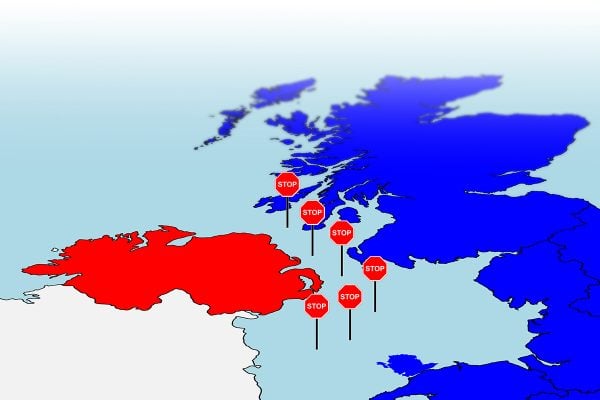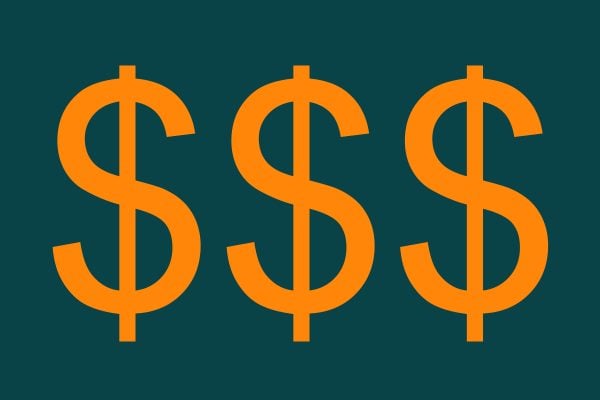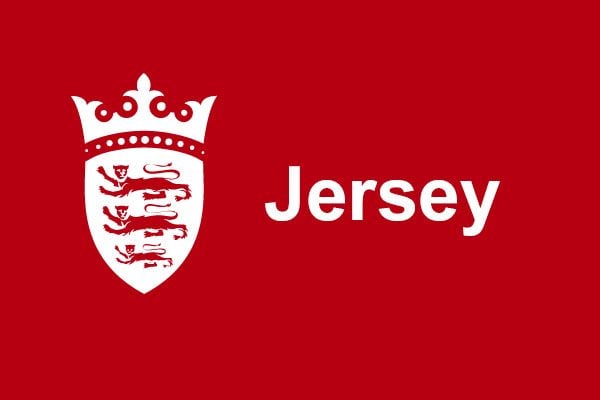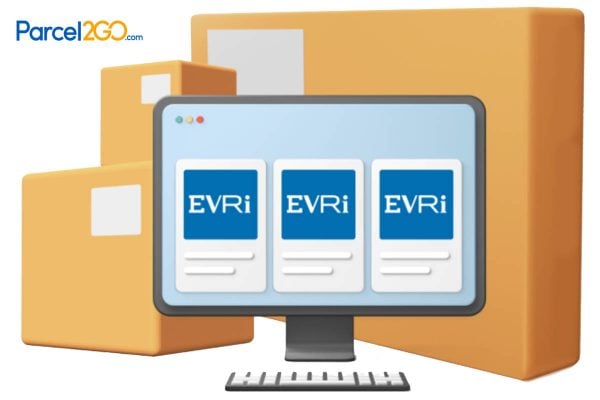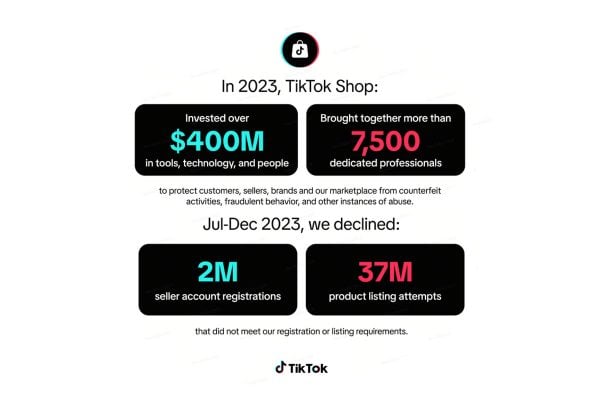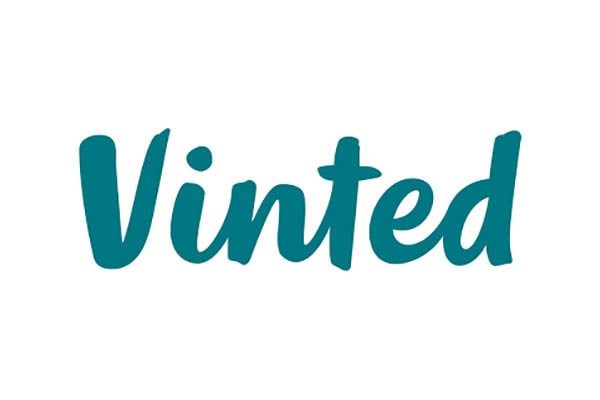Late last year we first reported on the new VAT regulations that would be coming into force at the start of this year that have popularly become known as #vatmoss?
VAT MOSS stands for “VAT Mini One Stop Shop” and it was new EU system by which if you sold digital items online you would no longer pay VAT according to your location. Rather the EU Commission, with agreement from member states including the UK, said that digital goods would be taxed at the VAT rate of the purchaser. The VAT MOSS was intended to be that easy online portal where you conveniently filled your VAT taxes on such sales.
Of course, it turned out to be anything other than easy (we heard from one online seller who spent half a day registering and filing a tax return to the Maltese government for 6p.) And that’s because of the other embuggerance of VAT MOSS: there is no lower threshold. Unlike VAT on services or physical goods you start paying VAT the moment you make a single sale.
As Clare Josa, co-founder of EU VAT Action, notes in a recent article: “Originally, it made sense to move the place of supply for VAT on digitally-delivered services to the customer’s location. It stopped the biggest businesses profiting unfairly from locating in lower-VAT regimes.
The EU digital economy risks becoming uncompetitive: most other countries are ignoring these rules and so don’t face the disproportionate compliance costs or administrative burden. But the European Commission and a huge number of MEPs now agree that the smallest businesses have accidentally been caught in this EU VAT net. This was never the intention.”
So how many UK SMEs have fallen foul of the new regs and what can be done? Josa says that the cost has been the closure of “thousands” of small businesses selling digital items but also says it’s impossible to assess the true scale of the damage because actually many businesses don’t even know the new rules exist and carry on regardless.
As for action, Josa hopes that an upcoming summit will offer a solution: “It is imperative that at the Fiscalis Summit in September, all the Finance Minister representatives agree to two things. First, a threshold for microbusinesses, allowing them to revert back to domestic VAT rules for their first €100,000 of non-domestic EU sales
Second, a simplification for small businesses above the threshold, allowing just one piece of data to prove place of supply: the country code which must be supplied by the payment processor.”
Even if everything goes well this could take two years. And there is no reason to be optimistic that these measures will be passed. Sigh.
Here’s a video from Clare Jose explaining what the EU VAT Action Group will be asking for at the Dublin Fiscalis summit next week. We wish the delegation luck.


